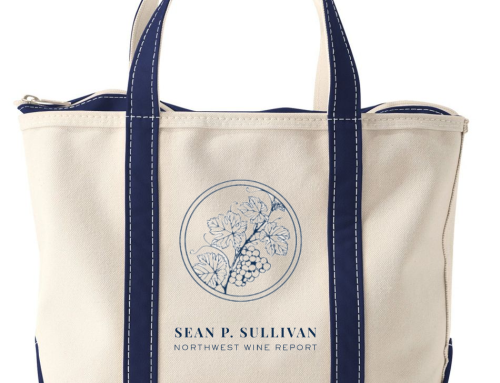
Keg wine has come to Washington State. Using a system similar to what has been used for beer, bars and restaurants have now started offering keg wine by the glass. These wines provide the opportunity to make the wine less expensive, fresher, and with a smaller carbon footprint.
Seattle’s The Local Vine has been leading the charge on keg, or cask, wine. Last month, the wine bar reopened at a new location on Capitol Hill and announced that keg wine would be among its offerings. Sarah Munson, co-founder and wine director of The Local Vine, says, “I’ve been hoping for this opportunity to offer wines in a more ‘traditional’ style since we opened our first wine bar over three years ago.”
While keg wine is new to Washington, the concept of wine in large vessels dates back to antiquity. Elsewhere in the world, wine is frequently offered in non-bottle based formats. Hestia Cellars winemaker Shannon Jones says, “Traveling through the wine regions in Europe, you often drink local wines by the liter for around five Euros. It allows everyone to enjoy wine with their meal, without having to worry about the cost.”
Henri Schock of Madrona’s Bottlehouse is also planning to offer keg wine in the coming weeks. Schock was first inspired by an article last year in the New York Times by Eric Asimov. Schock says, “After reading the article, I was sold. I quickly became obsessed, scouring the Internet with anything and everything I could find.”
What is so appealing about keg wine is that the costs associated with bottling – glass, cork, and labels – along with the transportation costs are reduced. This savings can then be passed on to consumers, allowing people to offer higher quality at lower prices. It also has a positive environmental effect.
Jones says, “I have always felt that in order to introduce more people to wine, especially the younger crowd, it needs to be more affordable. Knowing how much it costs to produce good wine, I began looking at the complete supply chain to see how we could offer low production – high quality wine at great prices. Offering wine in kegs allows the producer to eliminate the packaging and bottling costs. It’s also a great way for local restaurants to offer small production wines by the glass, while ensuring the quality will be there in every glass.”
Munson is equally enthusiastic about the prospects, saying, “We are saving thirty to fifty percent when we purchase the wine in cask. In the case of the Hestia Chenin Blanc, we are offering the wine by the glass at $5 where we would have to charge $9 per glass if we purchased it in bottle. The Covington Cabernet would normally be priced at about $20 per glass but we are able to offer it for $9 per glass.”
While The Local Vine is currently offering two cask wines, Munson says, “We can offer pretty much any whites or reds that the wineries can provide us.” Bottlehouse plans to offer four wines through their tap system, initially focusing exclusively on red wines from Washington and Oregon.
Schock says, “Eventually when there are more options, our selection will be constantly rotating. Once a keg blows, a different wine/winery will be there to take its place.” Schock also plans on contracting with winemakers to make blends specific to Bottlehouse.
Of course, the main goal of keg wine is not just to lower cost but also to provide high quality wine. Schock says, “The main idea is to offer amazing wine that you wouldn’t normally be able to offer by the glass…It benefits everyone – from the winemaker all the way down to the consumer. Now when does that actually happen in the wine industry?”
While the upside of keg wine is large for both wineries, retailers, and consumers, there are some concerns. As keg wine takes off, the market can be expected to become saturated quickly. There will also no doubt be a race to the bottom on price with quality certain to be affected.
Schock says, “The perception gets quickly skewed — wine on tap means cheap wine. That’s not the idea, and I don’t want to see it going this way. The challenge for us, as bar owners, will be convincing our local wine makers to work high quality wines by the keg into their program. It’s not going to be easy, but we will make it happen.”
Keg wine has been available elsewhere in the U.S. for some time, particularly in California. Both Munson and Schock believe that the poor economy is the main impetus for keg wine taking off now in Washington. Schock says, “With where the economy is now, nearly everyone has been looking for value wines. Most all wineries now offer at least one value wine under their own label, or more often a second label. Wine by the keg is the perfect answer to this growing trend.” Munson adds, “It may be the one good thing that has come out of this economic crisis!”







What great news for wine drinkers! Hurray for the winemakers who will let go of their pricing ego and admit that wine doesn't have to be expensive to be good. Price is no guarantee of quality wine. A good wine value will be rewarded with loyal customers.
This is fantastic news for wine drinkers! I am going to have to check out those wines for sure. Thanks for the great info!
WaWineDiva
wawinediva.blogspot.com
Try…..
http://www.petainer.com/Large-Containers/Keg-Family.aspx
No deposits, 100% recyclable.